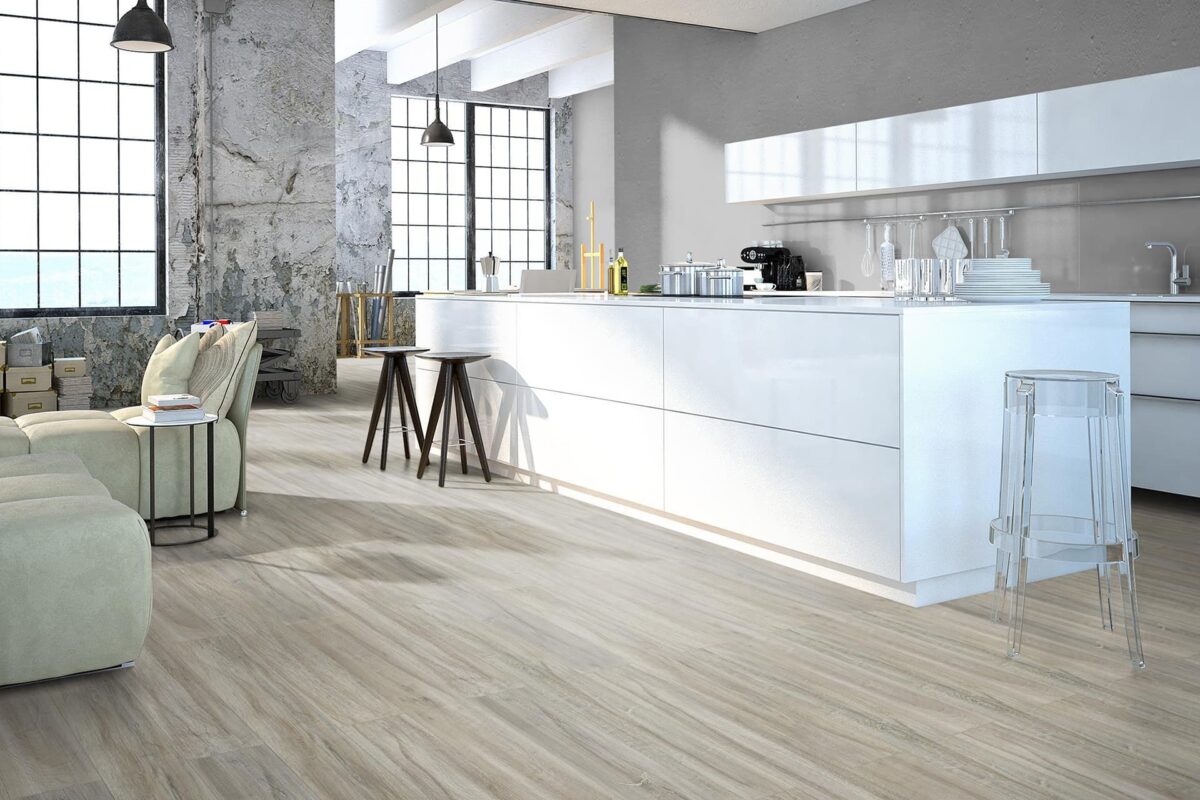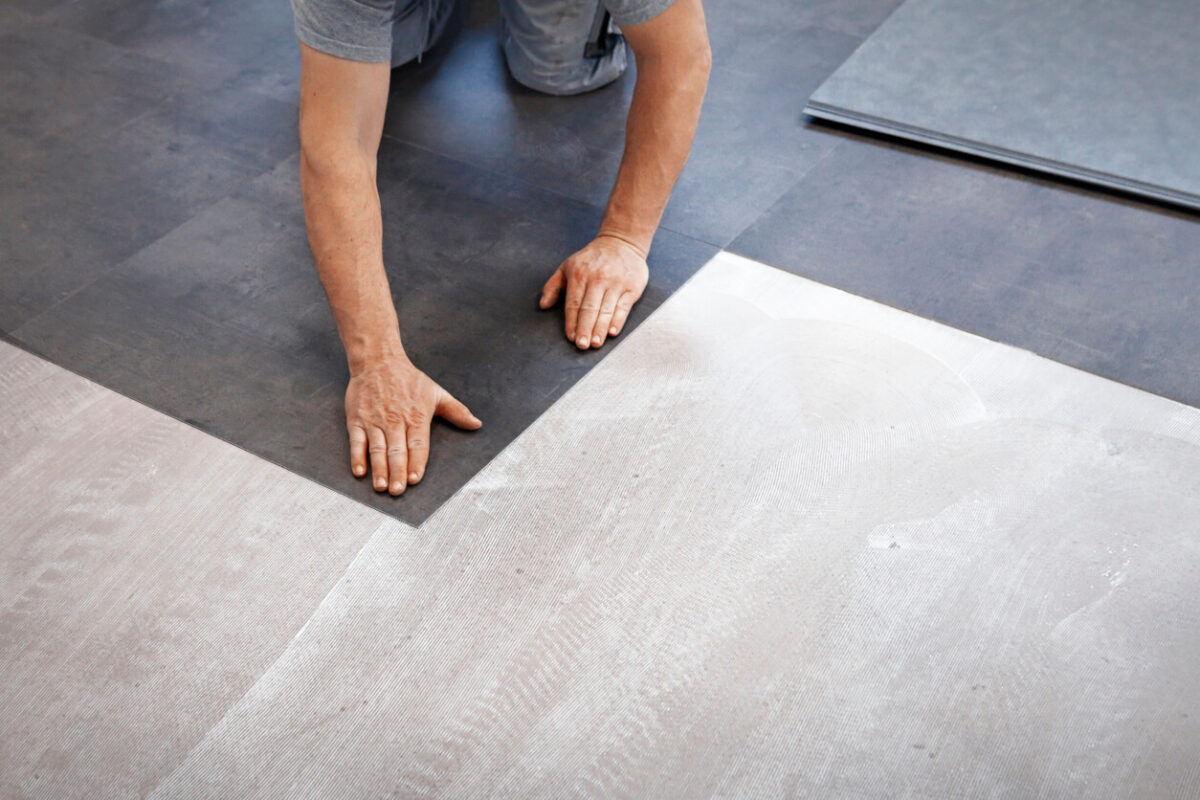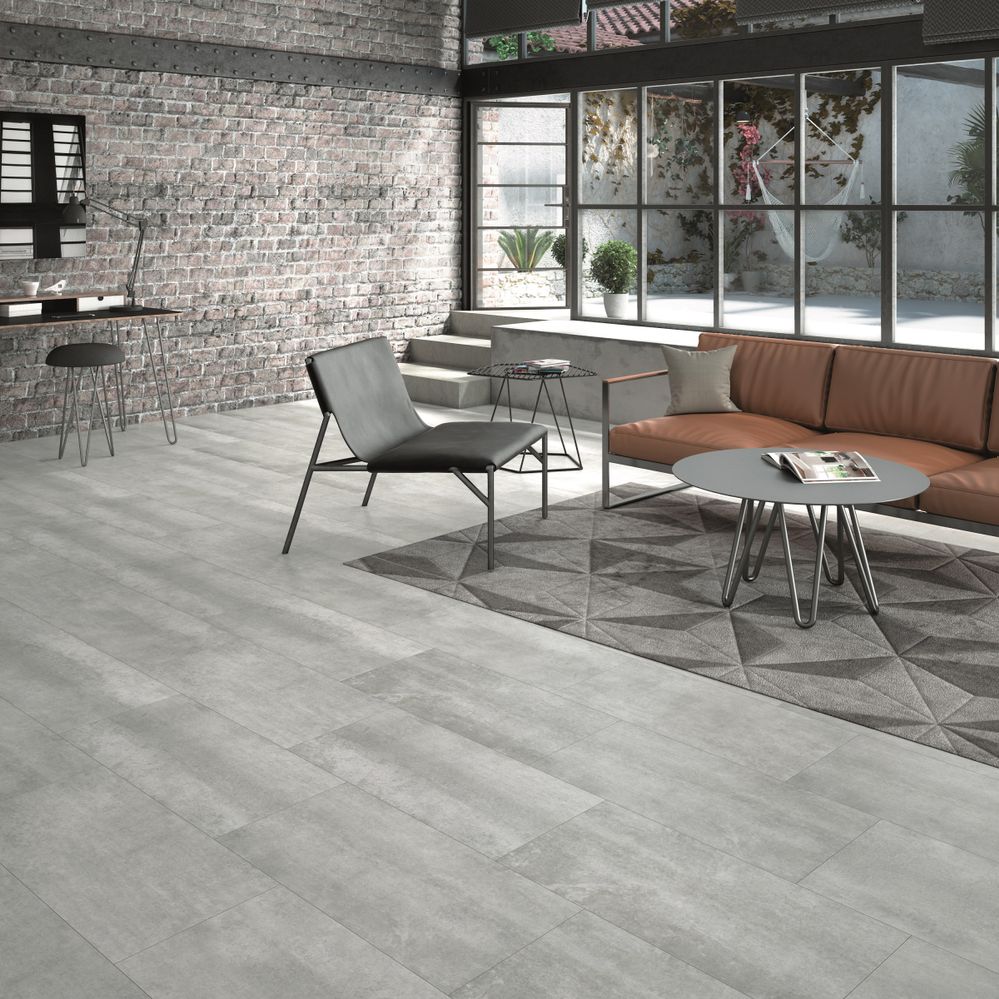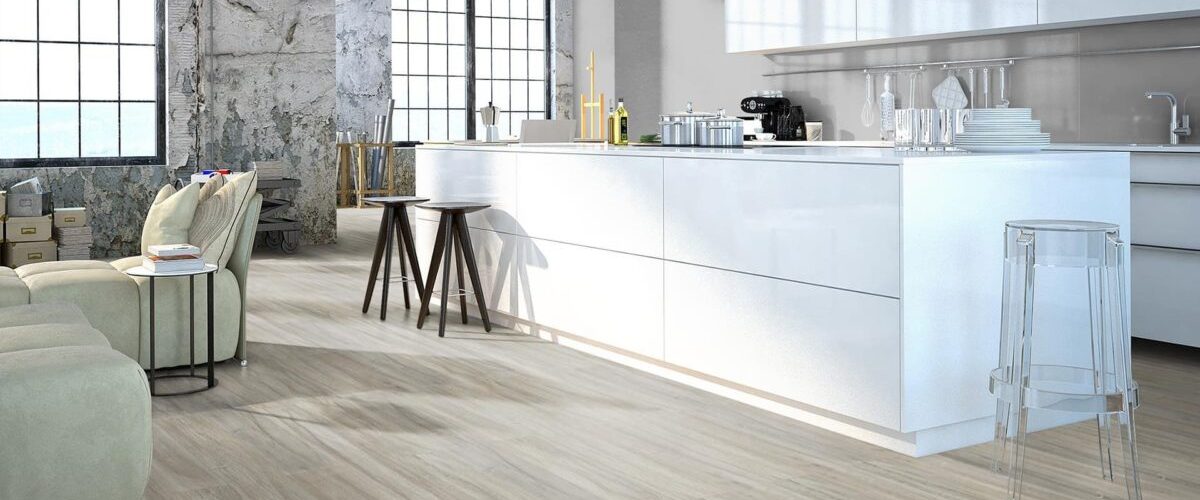PVC floors are the most modern and innovative solution, both for renovations and for those on a tight budget. Here’s everything you need to know, including pros and cons.


PVC floors are the alternative more modern ed economic to classic coatings such as parquet and ceramic tiles. They are widely used for industrial uses and in large structures such as schools, gyms and hospitals.
Nowadays polyvinyl chloride ie PVC is also often used for commercial and residential use at your place its main features: there ease of application, especially the adhesive one, and the low cost.
It is a very versatile material which can also be applied to existing floors, classifying itself as an excellent solution for quick renovations or to be done on a tight budget. It comes in the form of a single roll or adhesive strips: this makes it moldable in many shapes even by inexperienced hands.
Read also: Quartz kitchen top: how to clean, pros and cons, prices
Very often PVC floors are chosen where the replacement of the existing covering would be too time-consuming or expensive. The fantasies that you will find on sale, both online and in large-scale retail stores, are different, from the parquet effect to marble, passing through the fake canvas or linoleum; this will allow you to completely renovate any room in the house in a few simple steps. Imagine going from the terracotta of the grandmother’s house to the fake wood with half a day’s work: a dream, right?
One of the latest innovations on the market are vinyl tiles, adhesive squares that combine elegance and functionality. Their most widespread use is in the kitchen and bathroom.

DIY application of PVC
Although the ideal would always be to turn to a professional, it is also true that the application of the PVC floor can be considered a real business recreational by fans of the do-it-yourself.
If you are inclined to this solution, remember that the most important thing to check, as well as the first, is that the surface where you will apply it is smooth and there are no damp spots.
If it is not perfectly smooth, a suitable product must be used and then properly cleaned and degreased. In case of humidity problems, however, it will be necessary to solve them before proceeding with the installation otherwise the PVC will unglue in a short time.
You may be interested in: Kitchen countertops: The 10 best materials pros and cons
Now let’s move on to the actual application. It is a good idea to start from the center of the room and then go towards the walls; when you attack it, remember to press firmly from the center to the edges to make any air bubbles disappear. If there is an excess of product, it will simply be cut.
The PVC flooring is also suitable for mounting on underfloor heating systems, but keep in mind that it is not recommended to exceed 28 °. Furthermore, the day you proceed with your work, it is advisable to have it turned off at least two days before and leave it off for as many hours.

Pros and cons to consider
When choosing a new product such as PVC, it is advisable to evaluate its pros and cons, as with any decision. Here is a summary but detailed list.
Advantages
- Very low thickness, 2 mm or less (the interlocking version is usually more double than the adhesive one); the small dimensions are its main prerogative, that is what makes PVC floors perfect for quick restyling as, to place it on the existing floor, it will not be necessary to modify doors and French windows;
- Wear resistant, given the intrinsic strength of vinyl;
- Waterproof, therefore perfect for humid environments such as the bathroom, kitchen or laundry room;
- Non-slip is antistatic by its nature;
- Good quality / price ratio;
- Easy to apply, even independently, and equally to be removed;
- Easy to keep clean, with warm water and neutral detergent;
- Great foot traffic resistance, even in environments with heavy traffic such as offices and shops;
- Equipped with CE certificate, to be checked only that it does not contain lead, heavy metals, solvents or harmful plasticisers;
- Eco-sustainability of the materials used to produce it e 100% recyclable.

Disadvantages
- Beware of solvent substances, even the common acetone used to remove the enamel, because it could irreparably stain it;
- Beware of pointed elements, especially if small and sharp, and also at the edges of furniture because vinyl is in no way repairable;
- Beware of direct sunlight because it could cause premature discoloration;
- In the application phase, be careful not to form air bubbles if you do not want to frustrate all the work done; choose carefully also the glue otherwise, when you want to remove or replace it, it may be more difficult than expected.

Why choose a PVC floor, pros and cons: pictures and photos
Whether it is the renovation of a commercial space or a home, whether it is a large-scale intervention or a small restyling, the PVC floor can be the one for you. Now you are ready to decide, but before you do, don’t miss this rich photo gallery.



Add comment